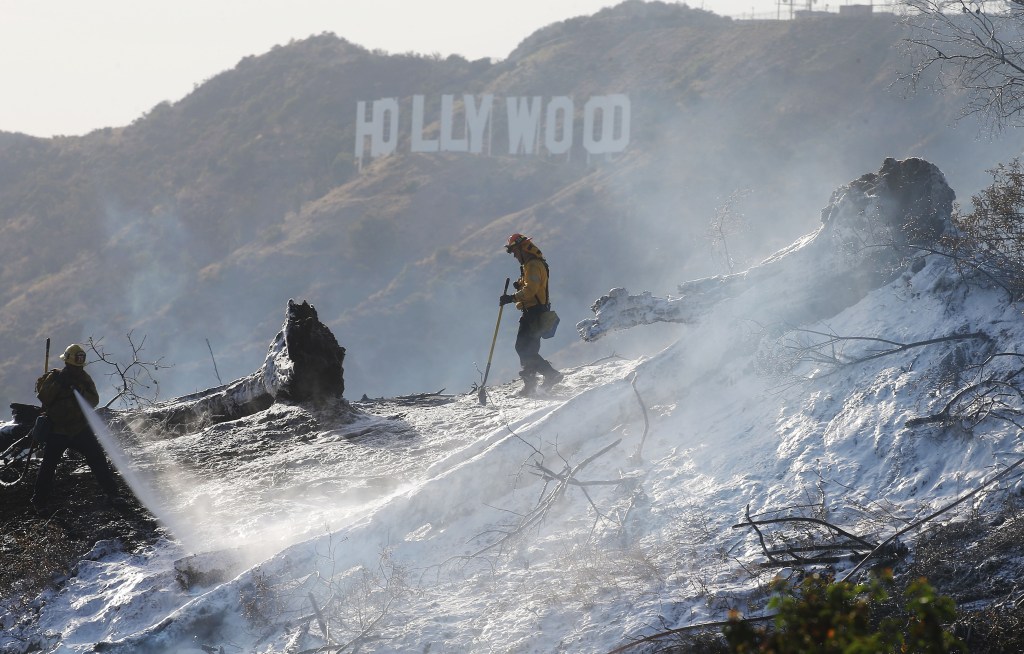Behind the Flames: Global Responses to the L.A. Wildfires
The recent wildfires in Los Angeles have drawn widespread attention, not just for their immediate devastation but also for the remarkable global responses they elicited. With flames raging through the hills and valleys, communities faced destruction, loss, and the daunting task of rebuilding. However, amidst the chaos, a collaborative effort emerged, demonstrating how various sectors can unite in disaster management. This article delves into the strategies employed during the wildfires and the lessons learned from this crisis, shedding light on both the challenges and the triumphs.
The Scope of the Wildfires
In late summer 2023, Los Angeles experienced one of its most severe wildfire seasons in recent memory. Fueled by extreme heat, drought, and strong winds, the flames quickly spread, consuming thousands of acres of land. Over a thousand homes were lost, and countless residents were forced to evacuate. The aftermath left a community grappling with not just physical destruction but emotional and psychological scars.
International Aid and Collaboration
In the face of such devastation, the global community stepped up to assist. Countries across the world, recognizing the severity of the situation, offered resources, personnel, and expertise. This response highlighted the importance of international collaboration in disaster management.
- Firefighting Resources: Countries like Canada and Australia dispatched firefighting teams to assist local authorities. These crews brought with them specialized knowledge and equipment, enhancing the capacity to combat the flames effectively.
- Financial Aid: Nations and international organizations pledged funds for recovery efforts. This financial support is crucial for rebuilding infrastructure and providing aid to displaced residents.
- Expertise Sharing: Experts from various fields, including climate science, forestry management, and urban planning, participated in virtual conferences to share strategies and insights on wildfire prevention and recovery.
Technological Innovations in Firefighting
The wildfires in Los Angeles also showcased how technology plays a pivotal role in disaster management. Advanced tools and platforms have revolutionized how firefighting teams respond to emergencies.
- Drone Surveillance: Drones equipped with infrared cameras provided real-time data on the fire’s spread, allowing teams to strategize their approach effectively.
- Predictive Modeling: Utilizing AI and machine learning, predictive models helped forecast fire behavior based on weather patterns, vegetation types, and historical data, enabling proactive responses.
- Mobile Apps: Emergency apps were developed to keep residents informed about evacuation routes, shelter locations, and safety tips, ensuring that essential information reached those in need quickly.
Community Engagement and Resilience
Beyond institutional responses, the wildfires also ignited a wave of community engagement. Local residents rallied together to support each other, demonstrating resilience in the face of adversity.
- Volunteer Networks: Community organizations mobilized volunteers for search and rescue missions, providing food and shelter to those displaced.
- Fundraisers: Numerous online campaigns emerged, raising funds for affected families and local businesses, showcasing the spirit of solidarity.
- Educational Workshops: Post-fire, workshops on fire safety and preparedness were organized, equipping residents with knowledge to better prepare for future incidents.
Lessons Learned from the Crisis
The wildfires have provided critical lessons that can shape future responses to similar disasters. Understanding these lessons is essential for improving resilience and preparedness.
- Importance of Preparedness: The crisis underscored the need for comprehensive preparedness plans at both individual and community levels. Residents are now more aware of the importance of having evacuation plans and emergency kits ready.
- Cross-Sector Collaboration: The effectiveness of the international response highlighted how collaboration between governments, NGOs, and private sectors can enhance disaster management efforts.
- Environmental Considerations: The fires brought attention to the need for sustainable land management practices. Strategies such as controlled burns and reforestation can mitigate future wildfire risks.
Looking Ahead: Building a Sustainable Future
As Los Angeles begins to heal and rebuild, it’s crucial to focus on creating a sustainable future. This means not only restoring what was lost but also implementing strategies that will prevent similar disasters from occurring in the future.
- Urban Planning: Integrating fire-resistant landscaping and building codes can help protect communities from future wildfires.
- Climate Action: Addressing climate change is imperative. International agreements and local policies focused on reducing carbon emissions can help alleviate the conditions that contribute to wildfires.
- Community Education: Continued education on fire safety and environmental stewardship will empower residents to take proactive measures.
Conclusion
The wildfires in Los Angeles served as a stark reminder of nature’s power and the vulnerabilities that communities face. However, the global responses to this crisis demonstrated resilience, collaboration, and innovation. As we reflect on the lessons learned, it’s essential to harness this momentum to not only rebuild but to also create a future where communities are better equipped to handle the challenges posed by climate change and natural disasters. By standing together, sharing knowledge, and committing to sustainability, we can turn the page on this chapter and work towards a more resilient tomorrow.
See more Your Daily Weather



